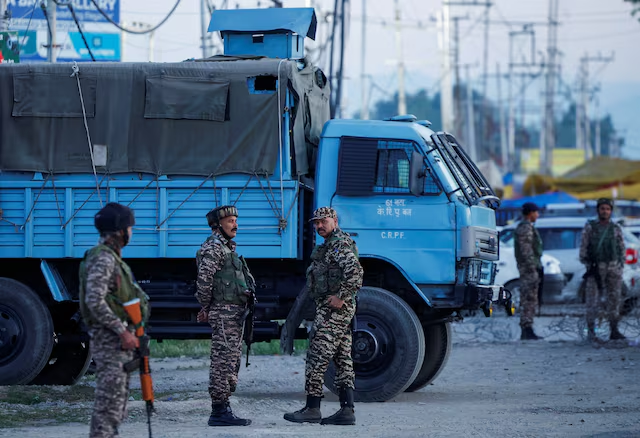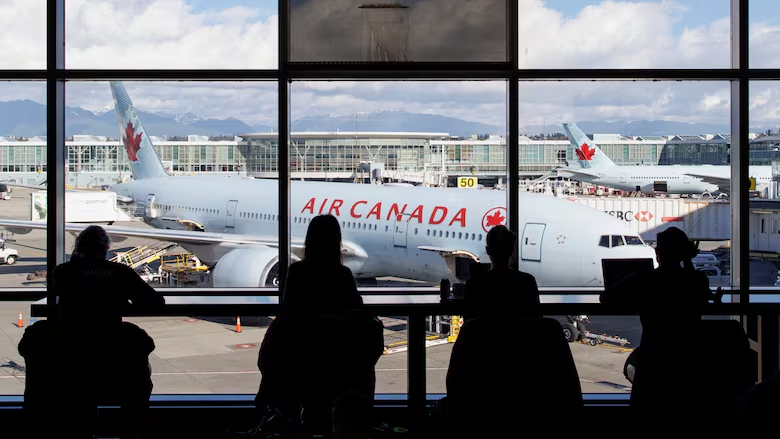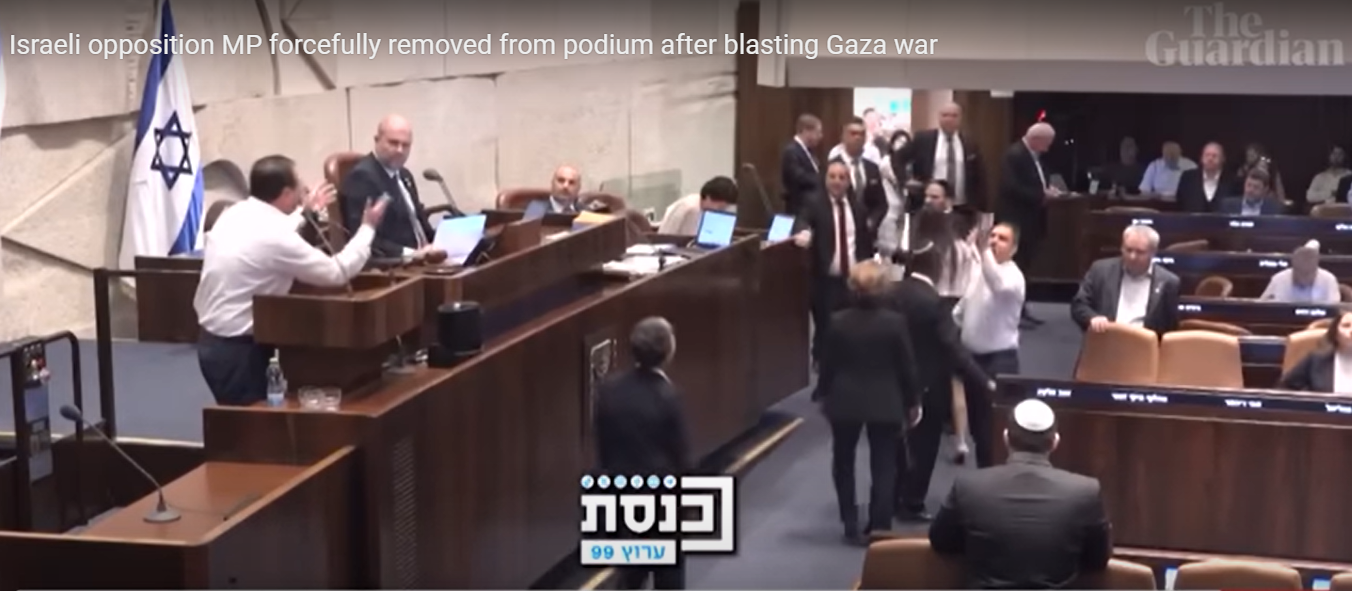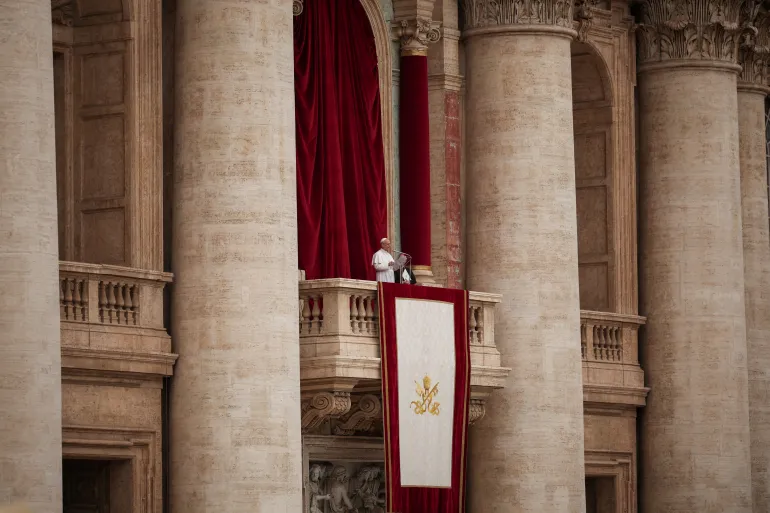On May 15, 2025, U.S. President Donald Trump announced that the long-standing conflict between Pakistan and India has been settled following a ceasefire agreement brokered by the United States. Speaking during a visit to U.S. troops stationed in Qatar as part of his Gulf tour, Trump emphasized the importance of moving past hostilities to focus on trade and economic cooperation between the two nuclear-armed neighbors.
The ceasefire, which took effect on May 10, ended the most intense clashes between India and Pakistan in nearly three decades. The recent escalation followed a deadly terrorist attack in Indian-administered Kashmir on April 22, which prompted India to launch missile strikes on Pakistani territory. Pakistan responded with a military operation named “Operation Bunyan-un-Marsoos,” targeting multiple Indian military installations. The rapid escalation raised fears of a wider regional conflict, alarming international leaders and prompting urgent diplomatic efforts.
U.S. Secretary of State Marco Rubio and Vice President J.D. Vance played instrumental roles in negotiating the ceasefire, engaging senior officials from both countries to encourage a halt to hostilities. The agreement was officially announced by Indian Foreign Secretary Vikram Misri and Pakistani Foreign Minister Ishaq Dar, who confirmed the ceasefire and agreed to initiate talks in a neutral location to address broader bilateral issues.
Despite initial violations reported in the disputed Kashmir region, including explosions and drone activity, the situation stabilized within days. By May 11, reports indicated a significant reduction in violent incidents, with many businesses reopening in Srinagar and calm returning to parts of Indian-administered Kashmir. These developments were seen as encouraging signs of de-escalation and potential progress toward peace.
Pakistani Prime Minister Shehbaz Sharif welcomed the ceasefire as a “historic victory” and expressed gratitude toward the United States for its critical mediation role. Sharif reiterated Pakistan’s commitment to resolving the Kashmir dispute through peaceful dialogue, signaling a willingness to engage constructively with India.
The United States has pledged to enhance trade relations with both India and Pakistan, viewing economic cooperation as key to maintaining long-term regional stability. The reopening of Pakistan’s airspace to commercial flights and the activation of military hotlines between the two nations are tangible steps aimed at improving communication and preventing future escalations.
While the ceasefire marks a significant breakthrough, many challenges remain. The Kashmir region continues to be a sensitive and volatile area, and both governments acknowledge that sustained dialogue and confidence-building measures will be essential to achieve lasting peace. The ceasefire does not resolve the underlying territorial disputes but opens the door for more comprehensive negotiations.
International observers have expressed cautious optimism about the recent developments. The conflict between Pakistan and India has historically been a flashpoint for broader regional instability, involving complex political, religious, and historical factors. The new ceasefire and diplomatic engagement, facilitated by the United States, represent hopeful signs that dialogue can replace conflict.
The recent escalation served as a stark reminder of how quickly tensions between the two countries can spiral, with the potential to escalate into full-scale war given their nuclear capabilities. The global community continues to urge restraint and dialogue to avoid any future outbreaks of violence.
President Trump’s announcement signals a shift toward prioritizing peaceful resolution and economic partnership over conflict. His administration’s active role in mediating the ceasefire underscores the U.S. interest in stabilizing South Asia, a region critical for global security and economic growth.
Looking ahead, the focus will be on maintaining the momentum of peace talks and addressing the complex issues underlying the Pakistan-India rivalry. Both sides have expressed willingness to continue discussions, but mutual trust and political will will be key to ensuring progress.
In conclusion, the U.S.-brokered ceasefire agreement between Pakistan and India marks an important step toward resolving one of the world’s most protracted conflicts. While the path to comprehensive peace remains difficult, the recent truce offers hope that sustained diplomacy and cooperation can lead to a more stable and peaceful South Asia. The international community will be watching closely to see if this fragile peace can be transformed into lasting harmony.
Source; Reuters



